Coping with rising phosphorus loading at a municipal WWTP
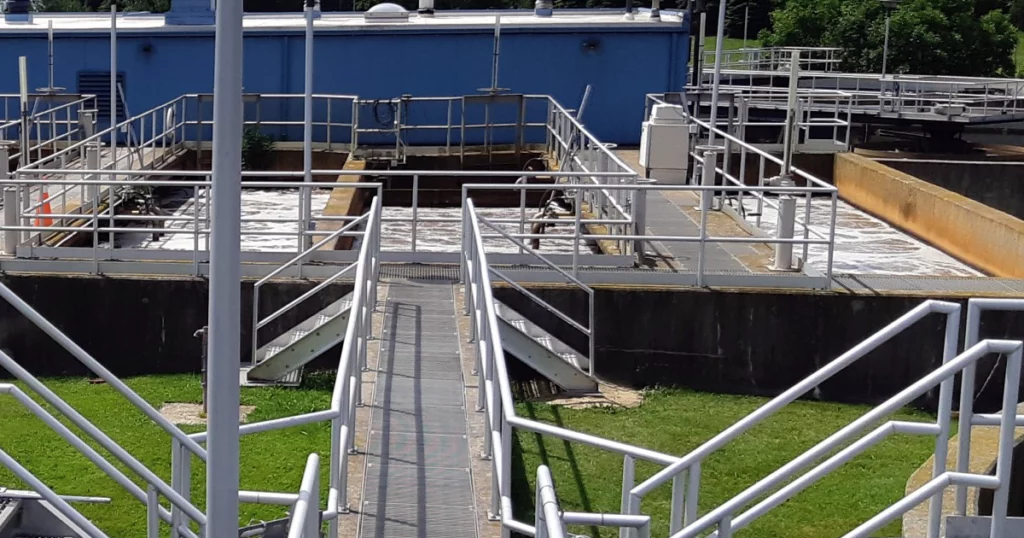
Sludge management is challenging for the remote Hamlet of Pangnirtung, Nunavut on Baffin Island.
FCM funding can help with pilot testing of BioCord® Reactors and ClariPhos® rare earth coagulant

Pilot tests of these innovative technologies are eligible for grant funding from the Federation of Canadian Municipalities (FCM) through its Municipal Green Fund.
Ammonia discharge limits are tightening up for Canadian mines. Be ready with a BioCord system

By June 1, 2021 metal and diamond mines in Canada will need to comply with a new lower discharge limit for unionized ammonia.
Geotube® shoreline system protects historic New Jersey lighthouse

Over the past several decades, the shoreline around the East Point Lighthouse has receded continually, posing a major threat to the more-than-170-year-old landmark.
Are you ready for a better coagulant for phosphorus removal?
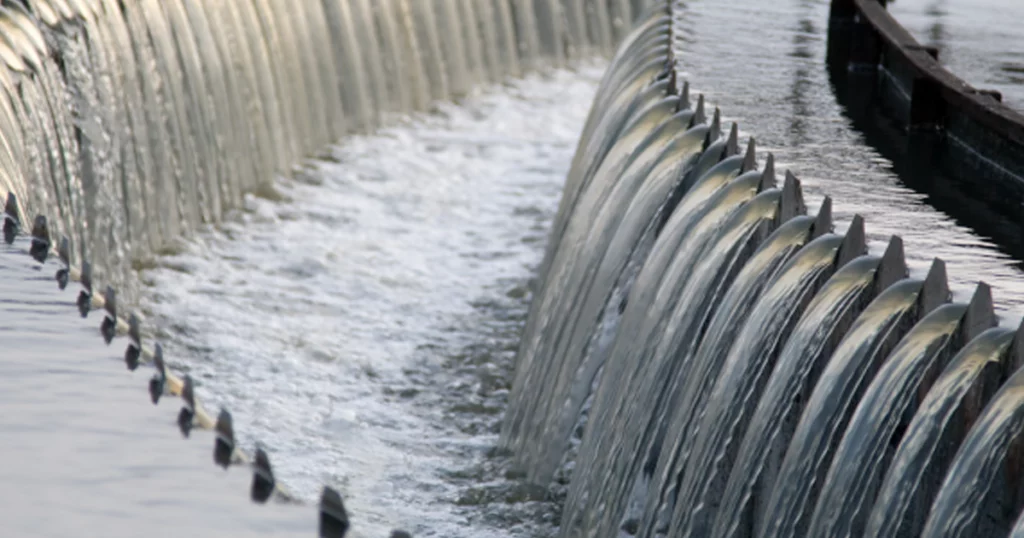
New ClariPhos® rare-earth coagulant is a proven solution to hit phosphorus levels as low as 0.07 mg/L in treated effluent and reduce sludge production by as much as 50% in the process.
Top 5 things to consider for a lagoon upgrade
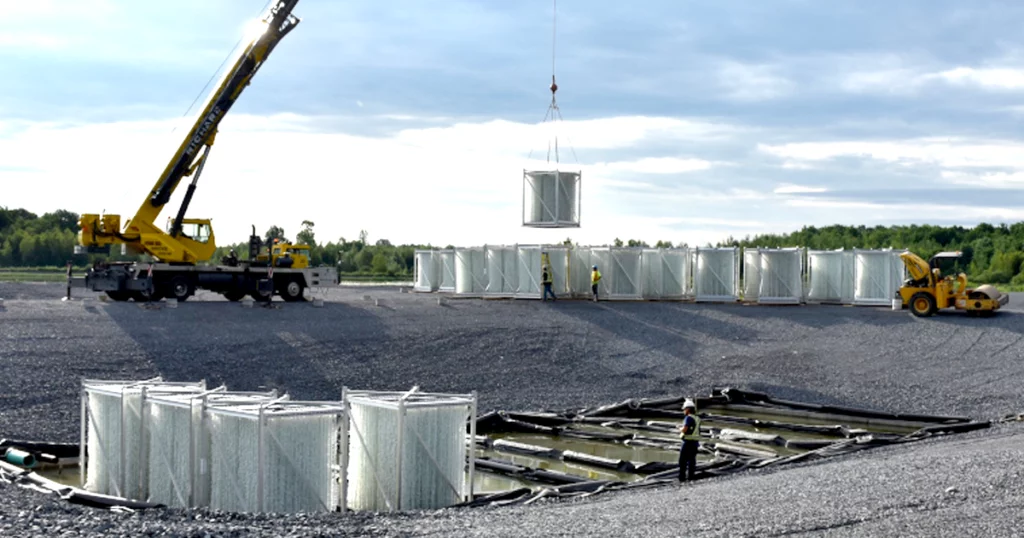
We’ve compiled a list of important considerations to help you plan a lagoon upgrade that can provide the performance and capacity your community needs at affordable capital and operating costs.
Learn how BioCord and baffle curtains are enhancing performance at Limoges WWTF
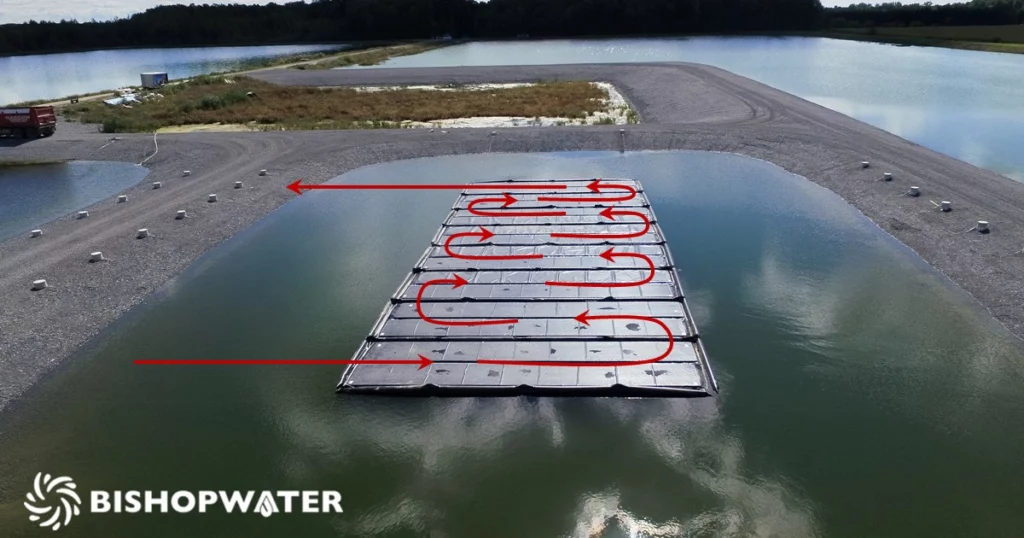
Baffle curtains now surround two cells of BioCord® Reactors that were installed as part of an upgrade for the Limoges WWTF in The Nation Municipality.
Partial lagoon cleanouts help balance performance and budgets

If you’re going to clean out a cell or two at your wastewater lagoon, there are circumstances when a partial cleanout might be the best, fastest way to quickly fix an urgent capacity or performance issue until the lagoon is ready for a full desludging.
Is your treatment plant suffering from washout?

Every wastewater plant can experience washout—a condition where high hydraulic loading causes microorganisms to be flushed out of a treatment cell at a faster rate than they can be replenished.
North Rustico WWTF saves on sludge handling with Bishop Solids Management Solution
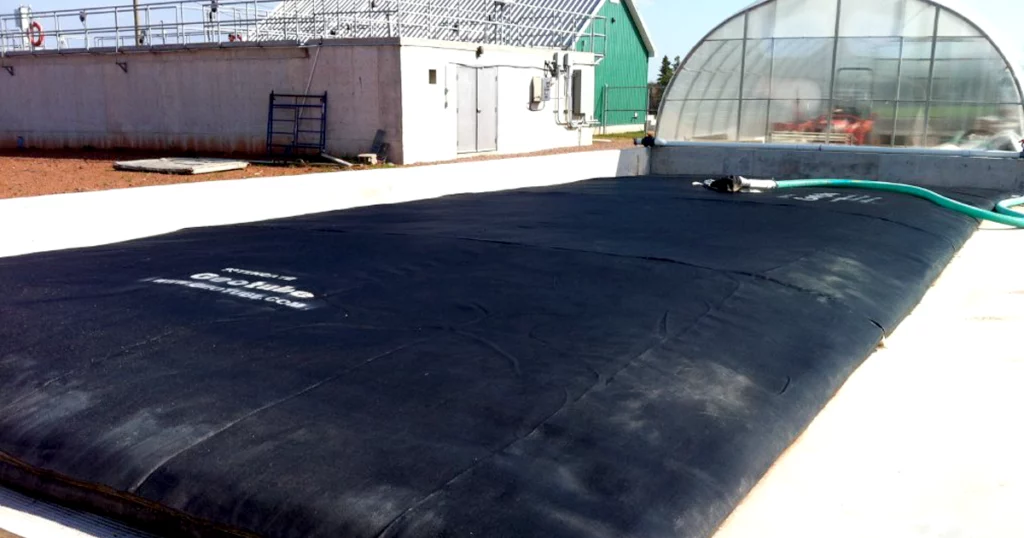
A compact, non-mechanical polymer mixing system is making sludge dewatering easier and more efficient for the North Rustico Wastewater Treatment Facility (WWRF) in Prince Edward Island.

